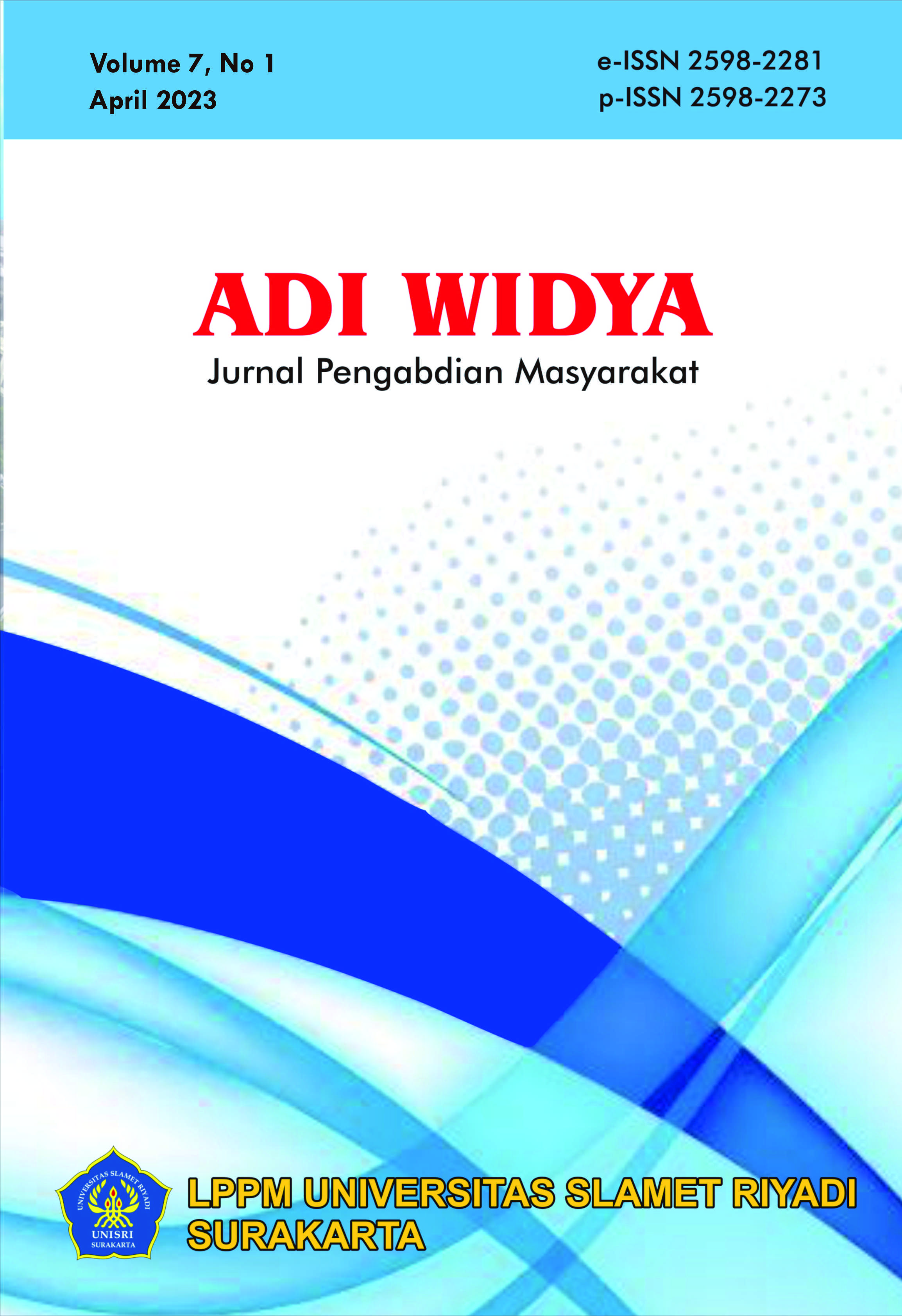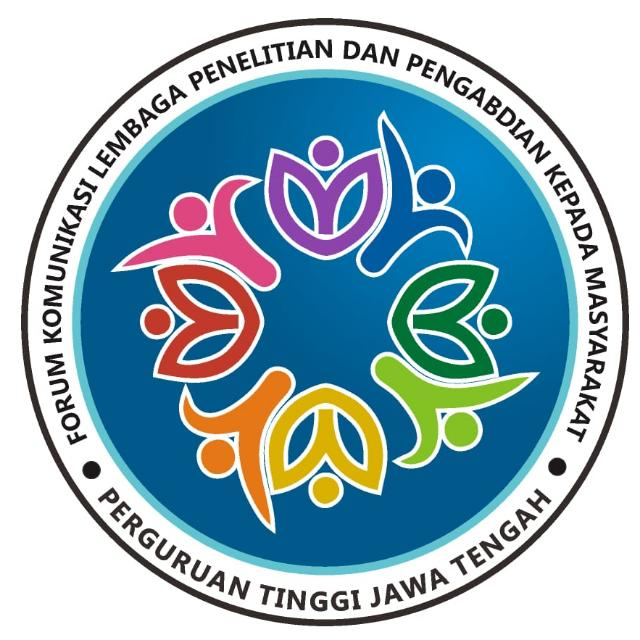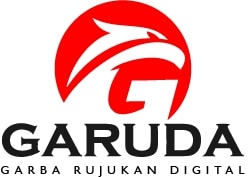PELATIHAN PEMBUATAN KEMASAN YANG KEKINIAN UNTUK PRODUK BATIK TIGA NEGERI KHAS SURAKARTA
DOI:
https://doi.org/10.33061/awpm.v7i1.8360Abstrak
Batik Tiga Negeri termasuk salah satu batik bersejarah di pesisir utara pulau Jawa yang sejak awal dibuat adalah untuk diperjualbelikan. Kemasan untuk kerajinan Batik Tiga Negeri dibutuhkan selain untuk melindungi produk, juga untuk media komunikasi dalam menyebarkan tentang salah satu kekayaan bangsa yang dapat dibanggakan ini. Kemasan memiliki beragam fungsi yang bermanfaat. Banyak pilihan kemasan, dimulai dari yang terbuat dari bahan plastik sampai dengan kertas dan kain, yang semuanya dapat menampilkan label khas produk.
Melalui kegiatan pengabdian ini diharapkan generasi milenial, yaitu Siswa-siswi SMA Regina Pacis Solo mengerti tentang: 1) Seberapa jauh motif utama Batik Tiga Negeri dapat dikembangkan sesuai dengan gaya anak muda? ; 2) Bagaimana kreativitas siswa untuk menjadikan kemasan produk Batik Tiga Negeri ini tidak saja menarik, bermanfaat, sekaligus bisa menjadi media komunikasi yang efektif. Dengan kata lain dari hasil karya yang dihasilkan, akan lebih memperjelas peran kemasan untuk produk kerajinan Batik Tiga Negeri selain sebagai pembungkus.
Metode yang digunakan adalah pengabdian kepada masyarakat dalam bentuk pelatihan. Diawali dengan memberikan materi kepada anak muda sebagai generasi penerus bangsa, mengenai wastra Nusantara khususnya batik. Pelatihan membuat desain di atas kemasan untuk membungkus produk batik Tiga Negeri, agar dapat menghasilkan sebuah kemasan yang unik dengan ide motif utama Batik Tiga Negeri. Tujuan kegiatan ini untuk menyadarkan para siswa di SMA Regina Pacis Solo pentingnya tetap menjaga warisan leluhur yang merupakan kekayaan bangsa ini.
Unduhan

Unduhan
Diterbitkan
Cara Mengutip
Terbitan
Bagian
Lisensi
Hak Cipta (c) 2023 Apika Nurani Sulistyati, Theresia Widiastuti

Artikel ini berlisensiCreative Commons Attribution-NonCommercial-ShareAlike 4.0 International License.
- Hak publikasi atas semua materi informasi yang tercantum dalam situs jurnal ini dipegang oleh dewan redaksi/editor dengan sepengetahuan penulis. Pengelola Jurnal akan menjunjung tinggi hak moral penulis.
- Aspek legal formal terhadap akses setiap informasi dan artikel yang tercantum dalam situs jurnal ini mengacu pada ketentuan lisensi Creative Commons Atribusi-NonCommercial-No Derivative (CC BY-NC-ND), yang berarti bahwa hanya dengan izin penulis, informasi dan artikel Jurnal PKM dapat didistribusikan ke pihak lain dengan tanpa merubah bentuk aslinya untuk tujuan non-komersial.
- Setiap terbitan Jurnal PKM, baik cetak maupun elektronik, bersifat open access untuk tujuan pendidikan, penelitian, dan perpustakaan. Di luar tujuan tersebut, penerbit atau pengelola jurnal tidak bertanggung jawab atas terjadinya pelanggaran hak cipta yang dilakukan oleh pembaca atau pengakses.



















